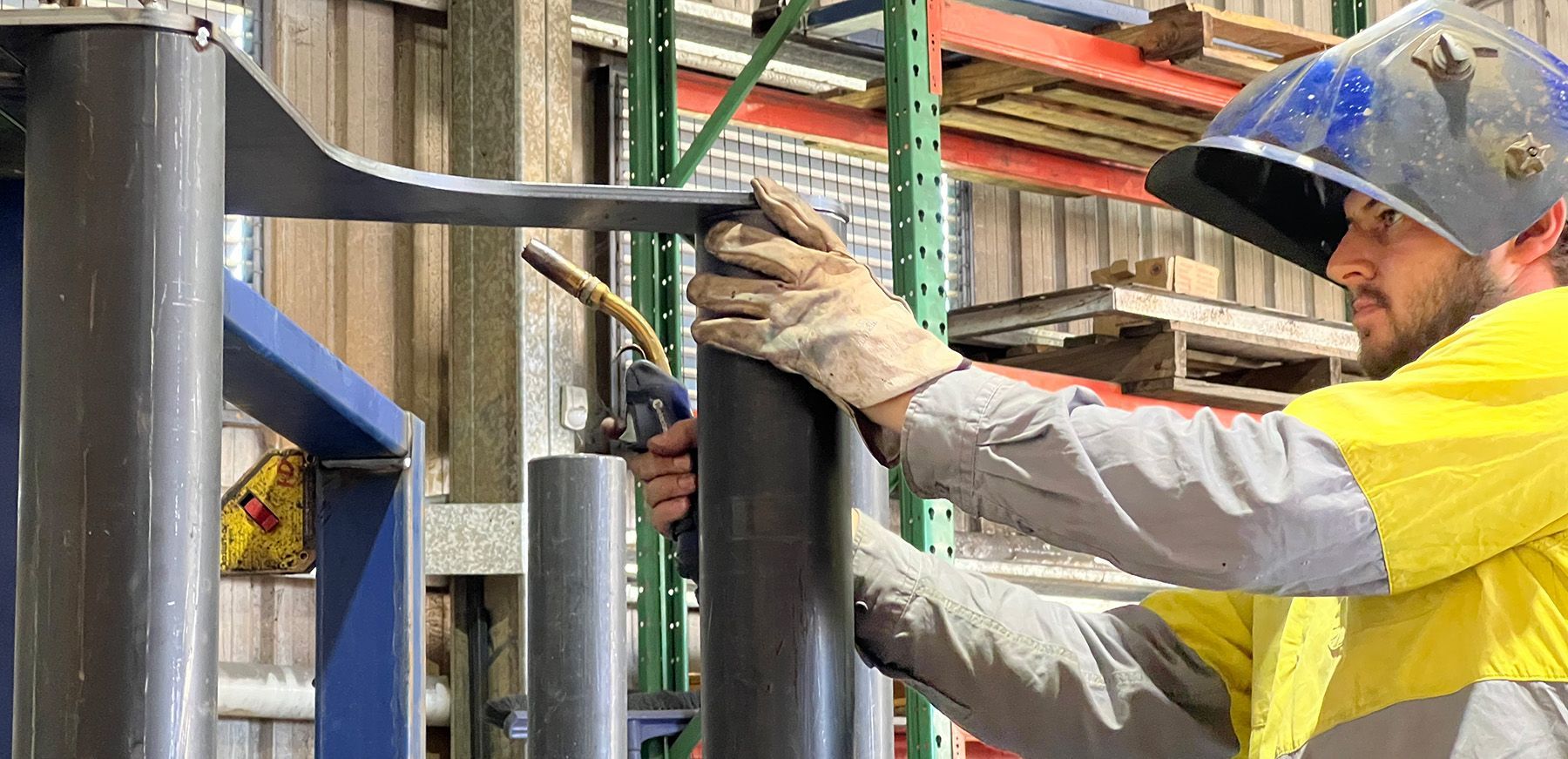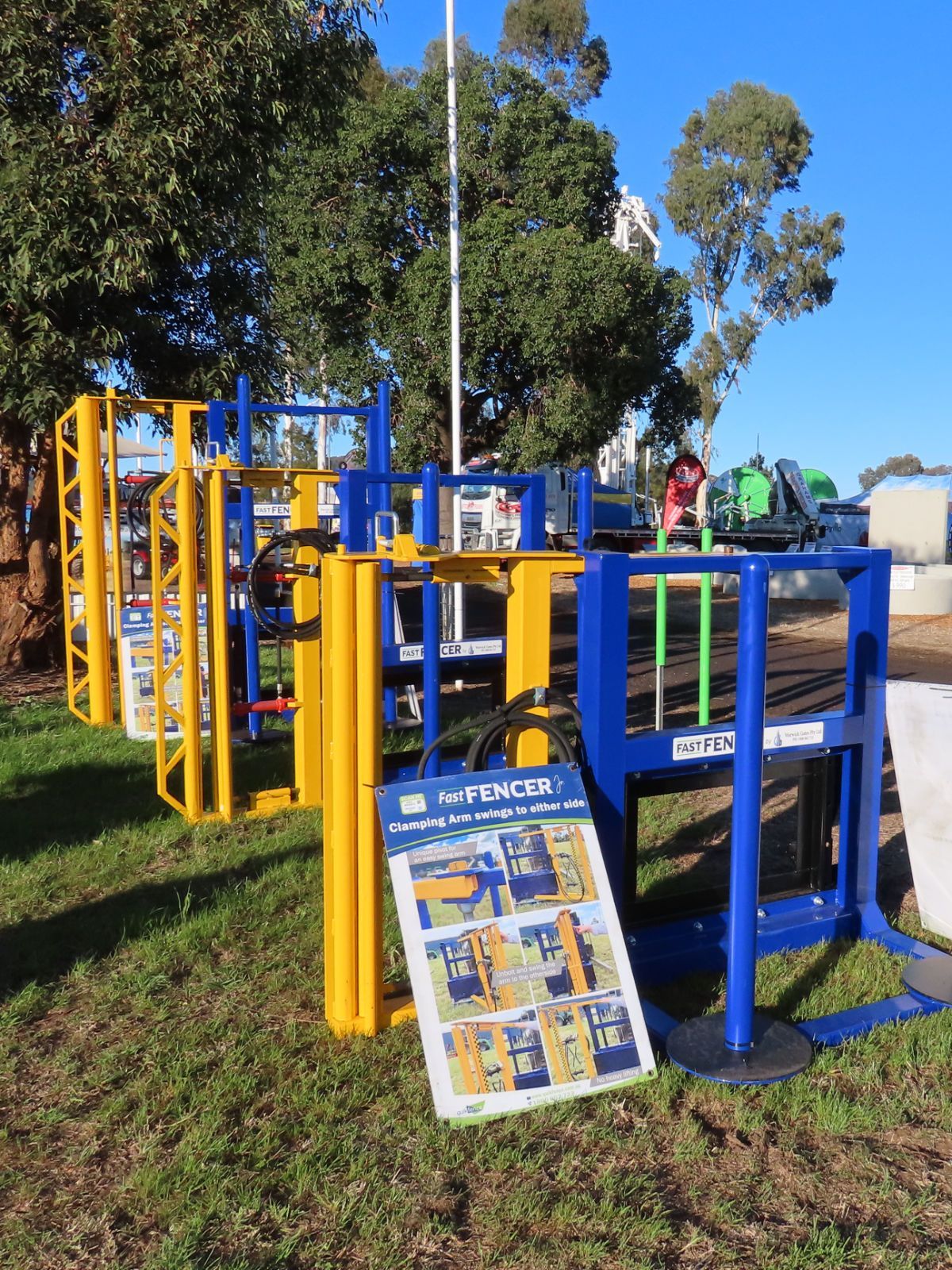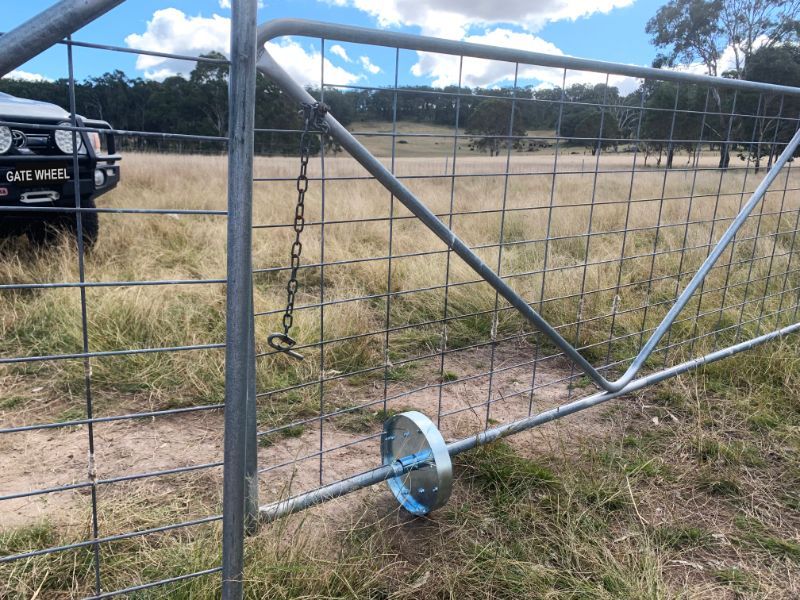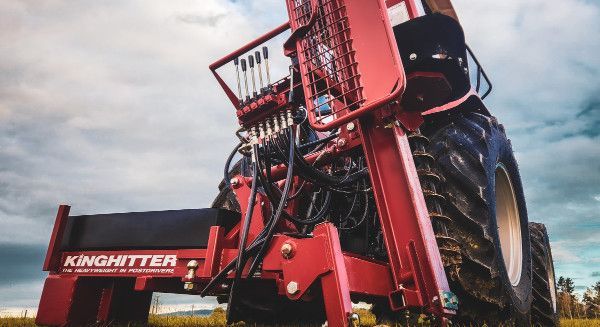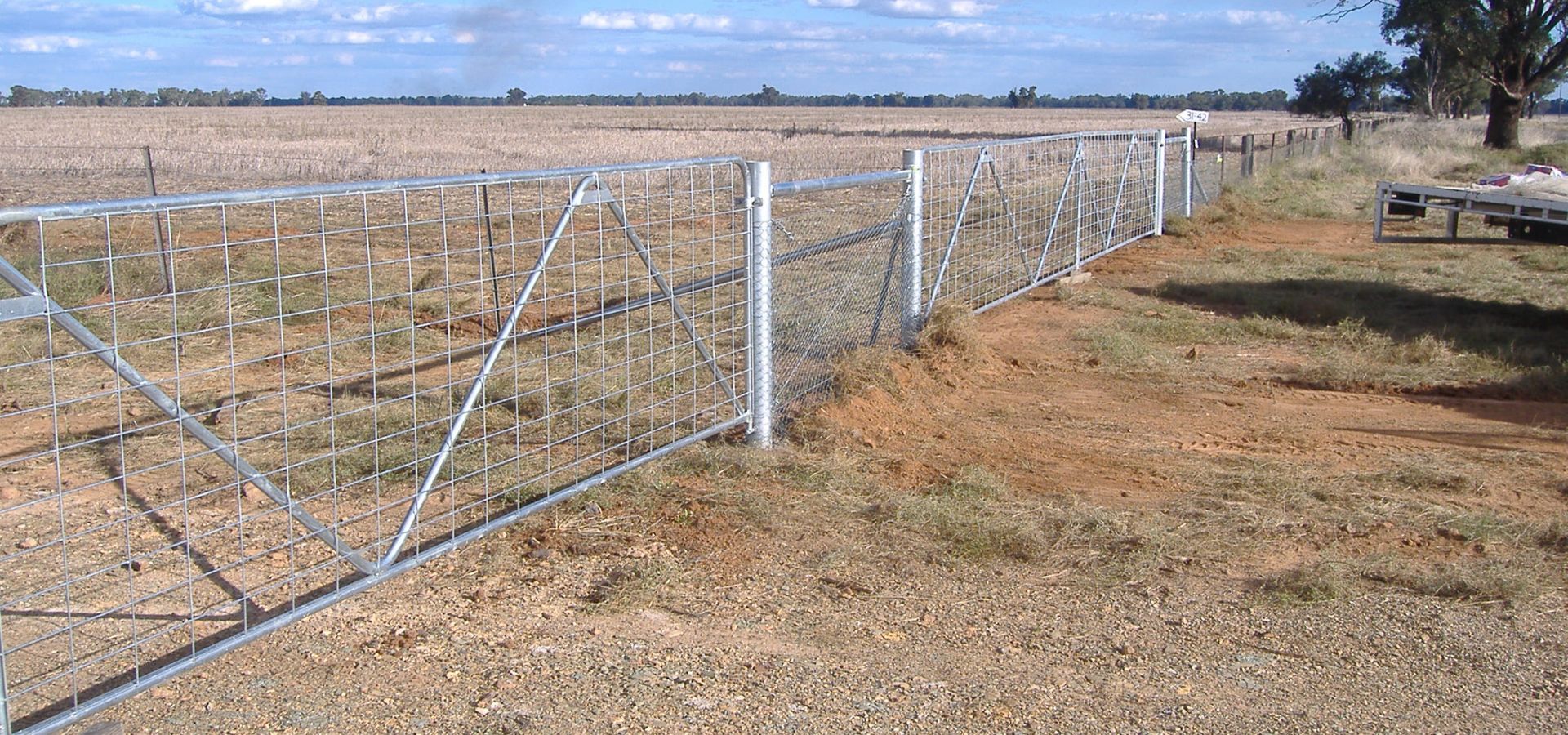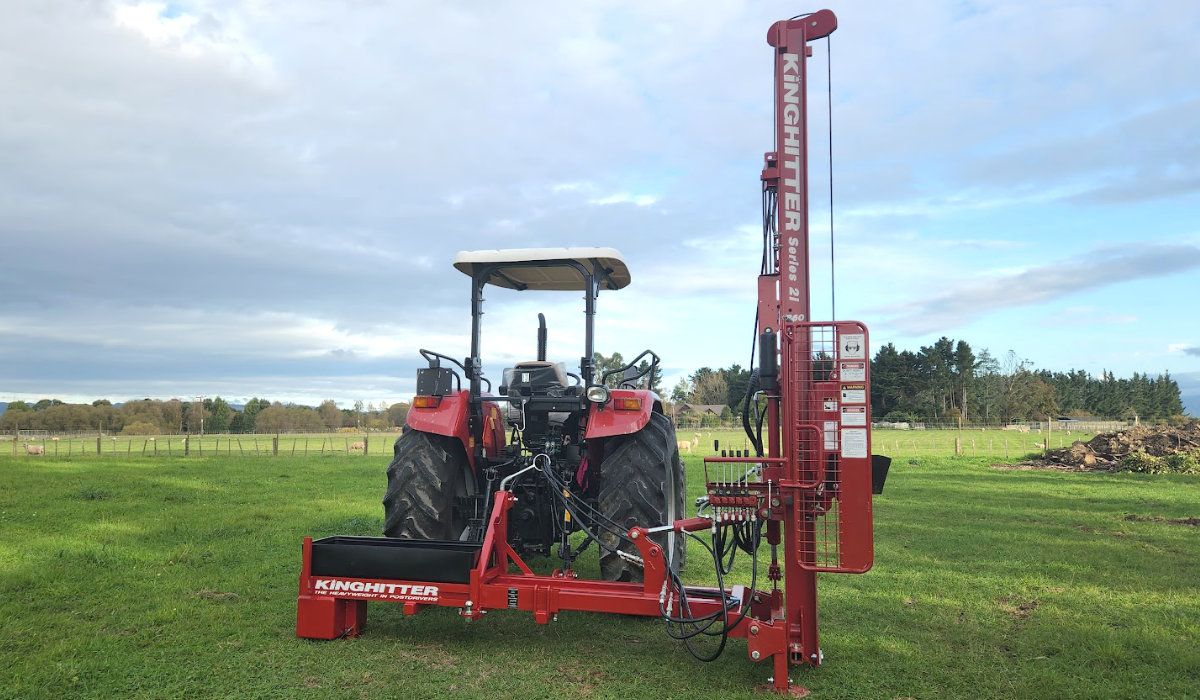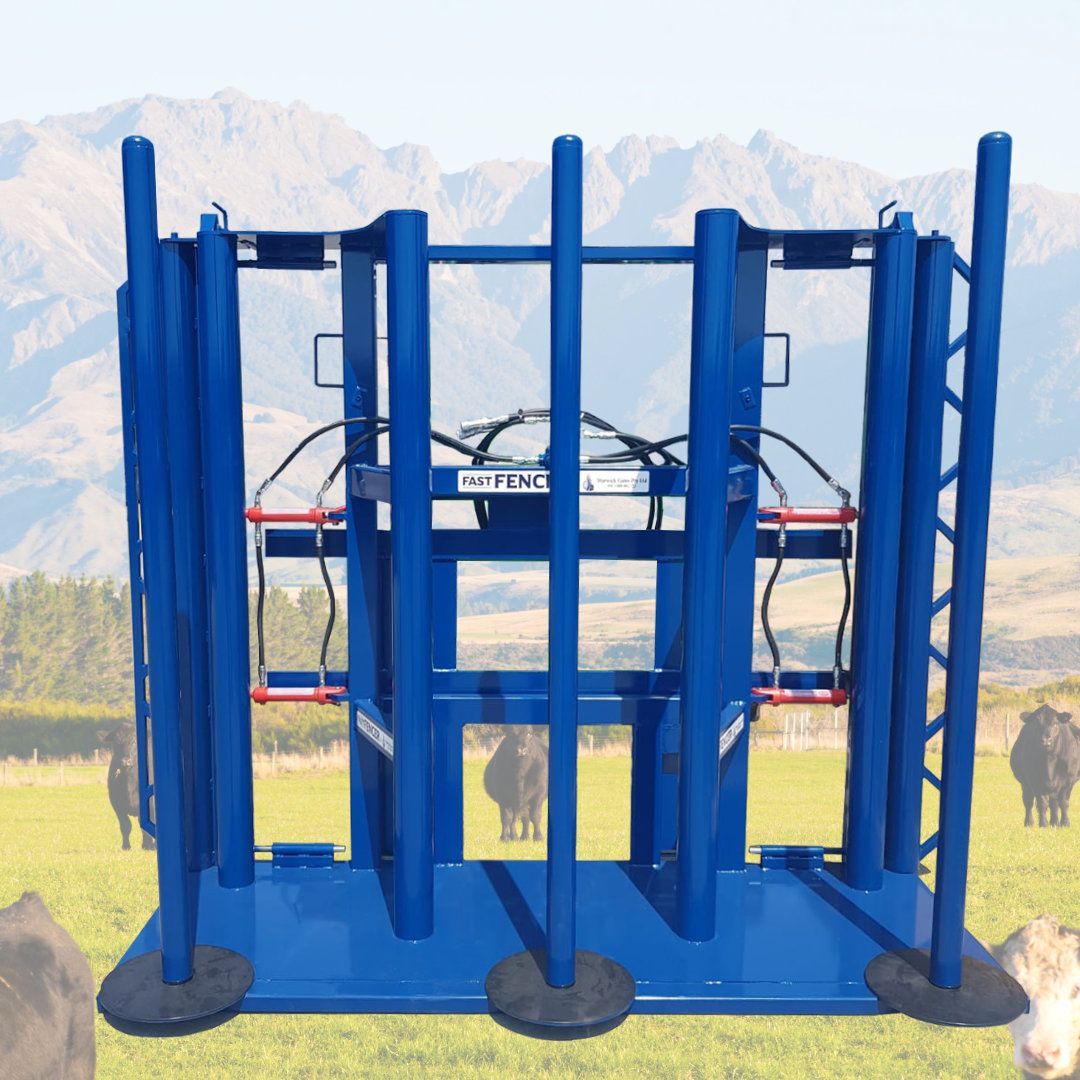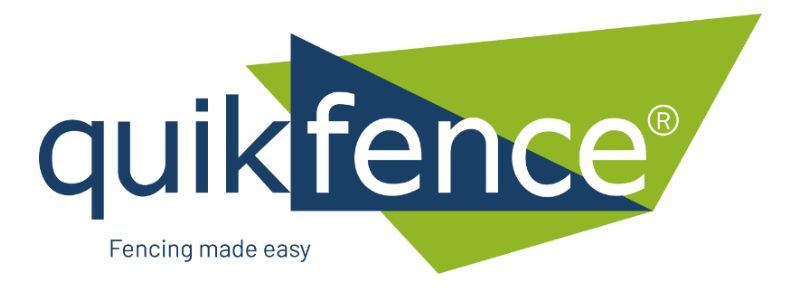How to Choose the Right Skid Steer for Post Driver Work?
This is a subtitle for your new post
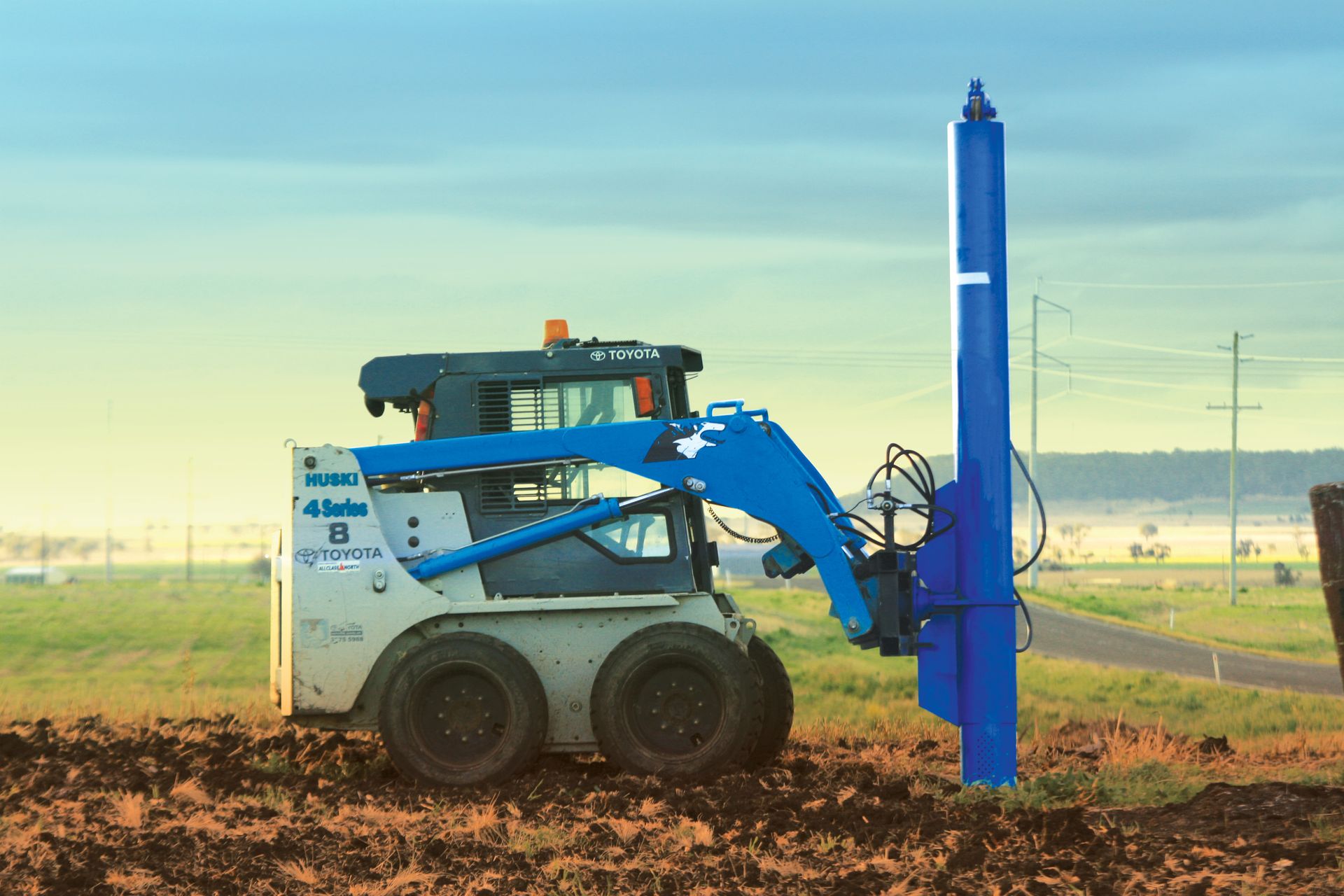
Picking the right skid steer for post driver work isn’t something you want to rush. If you’re putting up fencing, whether it’s a small job around the paddock or kilometres across tough country, you’ll want gear that actually works with your machine, your soil, and your time.
That’s where a solid post driver attachment makes all the difference. But here’s the thing, there’s no one-size-fits-all.
Let’s walk through how to make the right call without overcomplicating it.
Start With Your Skid Steer
Not all skid steers are built the same, and neither are the attachments that go with them.
So, before you even look at a post driver, make sure you know:
- The weight capacity of your machine
- The hydraulic flow and pressure it supports
- How often you’ll be swapping attachments
If your skid steer isn’t built to handle the post driver you buy, then you’ll waste a lot of power manoeuvring it.
Not sure of your skid steer’s specifications? No problem, your owner’s manual will have all the details, or you can visit a fence machinery supplier who knows how to get you set up properly.
Understand Your Soil and Ground Conditions
This one’s big. The kind of soil you’re driving posts into would influence what type of skid steer and post driver you choose to operate.
Here’s a rough idea:
- Sandy or loamy soil? Most post drivers will get the job done with ease.
- Clay or rocky terrain? You’ll want something with more power
- Hardened ground or compacted fence lines? Hydraulic post drivers with heavy driving heads will save you hours.
If you’re fencing in mixed conditions, like where paddocks meet bush or creek country, flexibility matters. You want a driver that can handle a bit of everything.
Think About How Many Posts You’re Driving
A few dozen? A few hundred? Are you working solo or with a team?
If you’re knocking in posts all day, weight, ease of control, and fatigue start to matter. Lighter attachments are easier to manoeuvre, but they might not deliver enough power in tougher soils.
That’s why many fencers go for a hydraulic driver, it gives consistent force, even if the ground is a bit of a battle. Something like the PostPuncher series can handle large volumes without overworking the machine or the operator.
What’s the Post Size?
Fence posts aren’t always the same size. Some jobs need thick strainers or timber posts, while others use steel pickets or lighter standards.
Make sure your attachment can accommodate the post diameter you're working with. Some models come with interchangeable guides or sleeves, which is handy when your job changes week to week.
Safety, Always
We’ve all seen how dangerous fencing can get when equipment doesn’t behave. A post driver should stay in place when it’s mounted, drive cleanly without slipping, and offer good visibility for the operator.
Hydraulic models that mount securely to a skid steer help a lot in this area. You can stay seated, keep your hands on the controls, and avoid getting too close to the action.
And if you’re working on sloped or uneven terrain, stability becomes non-negotiable.
Don’t Forget About Support and Spare Parts
A good machine is only as good as the backup behind it.
Attachments that come from local suppliers or businesses that understand Aussie conditions often have better availability of parts, and better advice when something doesn’t work as planned.
Wrapping It Up
Choosing the right skid steer and post driver combination isn’t about chasing the biggest unit or the one with the most features. It’s about knowing your ground, your machine, and how you work.
If you need something that handles tough jobs, works smoothly with your skid steer, then contact QuikFence to explore options suggested by experts.

